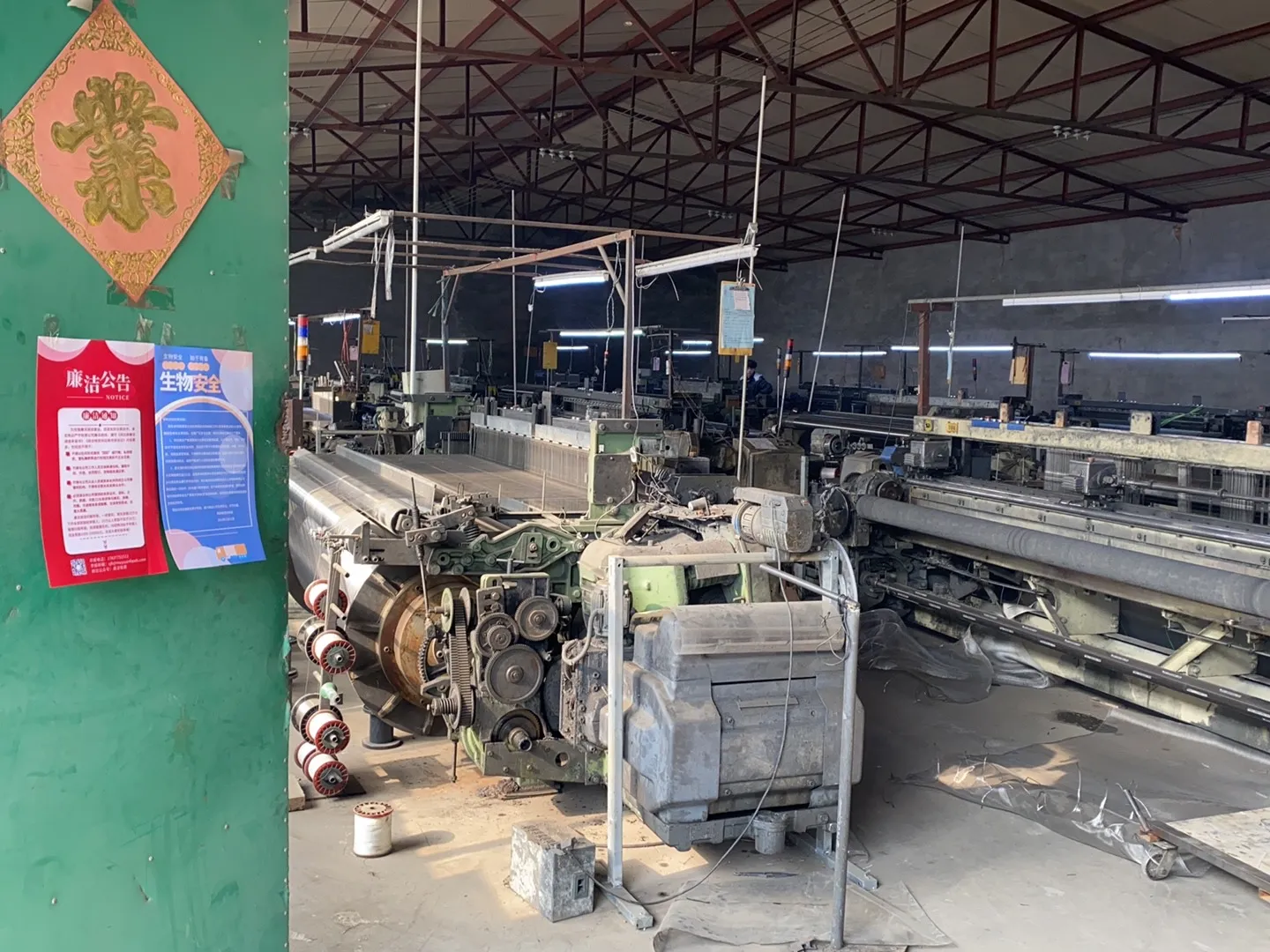-
 Afrikaans
Afrikaans -
 Albanian
Albanian -
 Amharic
Amharic -
 Arabic
Arabic -
 Armenian
Armenian -
 Azerbaijani
Azerbaijani -
 Basque
Basque -
 Belarusian
Belarusian -
 Bengali
Bengali -
 Bosnian
Bosnian -
 Bulgarian
Bulgarian -
 Catalan
Catalan -
 Cebuano
Cebuano -
 China
China -
 Corsican
Corsican -
 Croatian
Croatian -
 Czech
Czech -
 Danish
Danish -
 Dutch
Dutch -
 English
English -
 Esperanto
Esperanto -
 Estonian
Estonian -
 Finnish
Finnish -
 French
French -
 Frisian
Frisian -
 Galician
Galician -
 Georgian
Georgian -
 German
German -
 Greek
Greek -
 Gujarati
Gujarati -
 Haitian Creole
Haitian Creole -
 hausa
hausa -
 hawaiian
hawaiian -
 Hebrew
Hebrew -
 Hindi
Hindi -
 Miao
Miao -
 Hungarian
Hungarian -
 Icelandic
Icelandic -
 igbo
igbo -
 Indonesian
Indonesian -
 irish
irish -
 Italian
Italian -
 Japanese
Japanese -
 Javanese
Javanese -
 Kannada
Kannada -
 kazakh
kazakh -
 Khmer
Khmer -
 Rwandese
Rwandese -
 Korean
Korean -
 Kurdish
Kurdish -
 Kyrgyz
Kyrgyz -
 Lao
Lao -
 Latin
Latin -
 Latvian
Latvian -
 Lithuanian
Lithuanian -
 Luxembourgish
Luxembourgish -
 Macedonian
Macedonian -
 Malgashi
Malgashi -
 Malay
Malay -
 Malayalam
Malayalam -
 Maltese
Maltese -
 Maori
Maori -
 Marathi
Marathi -
 Mongolian
Mongolian -
 Myanmar
Myanmar -
 Nepali
Nepali -
 Norwegian
Norwegian -
 Norwegian
Norwegian -
 Occitan
Occitan -
 Pashto
Pashto -
 Persian
Persian -
 Polish
Polish -
 Portuguese
Portuguese -
 Punjabi
Punjabi -
 Romanian
Romanian -
 Russian
Russian -
 Samoan
Samoan -
 Scottish Gaelic
Scottish Gaelic -
 Serbian
Serbian -
 Sesotho
Sesotho -
 Shona
Shona -
 Sindhi
Sindhi -
 Sinhala
Sinhala -
 Slovak
Slovak -
 Slovenian
Slovenian -
 Somali
Somali -
 Spanish
Spanish -
 Sundanese
Sundanese -
 Swahili
Swahili -
 Swedish
Swedish -
 Tagalog
Tagalog -
 Tajik
Tajik -
 Tamil
Tamil -
 Tatar
Tatar -
 Telugu
Telugu -
 Thai
Thai -
 Turkish
Turkish -
 Turkmen
Turkmen -
 Ukrainian
Ukrainian -
 Urdu
Urdu -
 Uighur
Uighur -
 Uzbek
Uzbek -
 Vietnamese
Vietnamese -
 Welsh
Welsh -
 Bantu
Bantu -
 Yiddish
Yiddish -
 Yoruba
Yoruba -
 Zulu
Zulu
dust net for construction
DustNet A Revolutionary Approach to Construction Site Dust Management
As urban construction continues to grow at an unprecedented pace, addressing environmental concerns has become increasingly significant. Among these concerns, dust pollution on construction sites poses serious health risks to workers and nearby residents, contributing to respiratory issues, cardiovascular diseases, and other health problems. In recent years, innovative solutions such as DustNet have emerged to tackle this pressing issue, utilizing cutting-edge technology to monitor and manage dust emissions effectively.
DustNet is a sophisticated network of sensors and data analytics tools designed specifically for the construction industry. By leveraging Internet of Things (IoT) technology, DustNet continuously monitors air quality throughout construction sites, providing real-time data on dust levels. These sensors are strategically placed at various points around the site to ensure comprehensive coverage, capturing data on particulate matter (PM), which is a significant component of dust pollution. The system not only detects dust but also identifies its sources, enabling construction managers to implement targeted interventions.
DustNet A Revolutionary Approach to Construction Site Dust Management
Implementing DustNet on construction sites has far-reaching benefits. Firstly, it enhances the health and safety of workers and the surrounding community. By minimizing dust emissions, construction companies can significantly reduce the risk of respiratory issues and promote a healthier environment. This, in turn, can lead to improved worker productivity and reduced absenteeism due to health-related issues.
dust net for construction

Secondly, DustNet can contribute to regulatory compliance. Many regions have strict air quality regulations that construction companies must adhere to. By utilizing a sophisticated monitoring system, companies can ensure they meet the required standards and avoid potential fines or penalties. Moreover, having a robust dust management system in place can enhance the company’s reputation and demonstrate a commitment to sustainable practices.
Furthermore, DustNet can lead to cost savings over time. By harnessing data analytics, construction firms can optimize their dust control strategies, reducing the need for excessive water spraying or chemical dust suppressants. This not only cuts costs but also minimizes the environmental impact associated with traditional dust control methods.
The integration of DustNet also fosters collaboration among different stakeholders involved in construction projects. Architects, engineers, contractors, and environmental specialists can access real-time data, enabling them to make informed decisions that prioritize both productivity and environmental stewardship. Collaborative platforms where data is shared can lead to more efficient project management and better overall outcomes.
In conclusion, DustNet represents a transformative approach to managing dust pollution in the construction industry. By harnessing the power of IoT and data analytics, it provides construction sites with the tools necessary to monitor dust emissions in real time, predict pollution patterns, and implement effective control measures. This innovation not only enhances the health and safety of workers and communities but also supports regulatory compliance and cost efficiencies. As the construction industry continues to evolve, adopting technologies like DustNet will play a crucial role in promoting sustainable and responsible practices.
-
Shipping Plastic Bags for Every NeedNewsJul.24,2025
-
Safety Netting: Your Shield in ConstructionNewsJul.24,2025
-
Plastic Mesh Netting for Everyday UseNewsJul.24,2025
-
Nylon Netting for Every UseNewsJul.24,2025
-
Mesh Breeder Box for Fish TanksNewsJul.24,2025
-
Expanded Steel Mesh Offers Durable VersatilityNewsJul.24,2025











